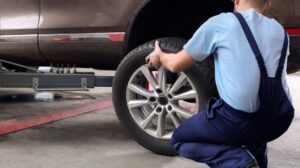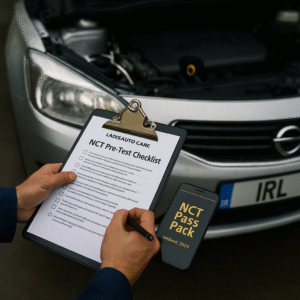Why the U.S. EV Transition Might Take Longer Than Expected
Introduction
The electric vehicle (EV) revolution promises a cleaner, more sustainable future. However, a recent survey suggests that the transition to EVs in the U.S. might not be as swift as many had hoped. Despite advances in EV technology, there remain significant hurdles that must be overcome to achieve widespread adoption.
Challenges Facing the U.S. EV Market
There are a number of factors that contribute to the slow pace of EV adoption in the U.S. Here are some of the primary challenges:
- Infrastructure Development
- Charging Stations: The availability of charging stations remains a significant barrier. Many regions in the U.S. lack adequate charging infrastructure, making it difficult for EV owners to travel long distances.
-
Grid Capacity: The electrical grid in many areas may not be equipped to handle the increased demand from EV charging, particularly during peak hours.
-
Consumer Perceptions and Concerns
- Range Anxiety: Despite improvements in battery technology, concerns about the range of EVs continue to deter potential buyers.
- Cost: EVs generally have a
Credits:https://europe.autonews.com/automakers/ev-transition-us-will-be-slow-automakers-say-survey





